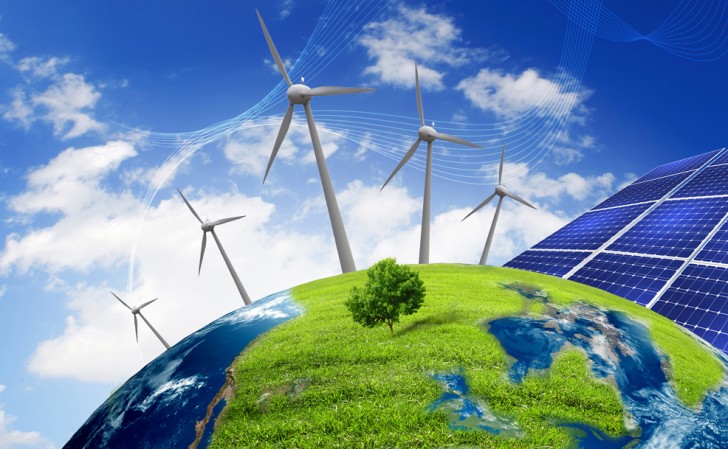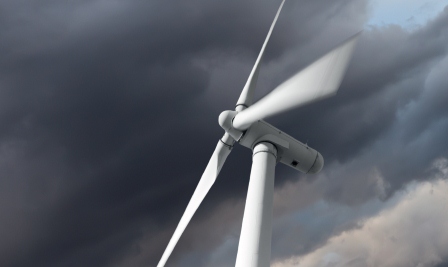بیزینس مانیتور
صنعت انرژی در ایران- سه ماهه چهارم 2011
Executive Summary
BMI View: The tantalising prospect that Iran will develop its nuclear capacity is central to the country’s power industry and its ability to meet its energy requirements, but there is no certainty of continuing availability, let alone additional reactors for capacity expansion. Global resistance to the nuclear programme will persist and sanctions will make it hard to maintain a high level of investment. Iran would benefit from more rapid development of its renewables potential as a means of reducing oil and gas dependency.


During the period 2011-2015, Iran’s overall power generation is expected to increase by an annual average of 2.14%, reaching 216 terawatt hours (TWh). Driving this growth is an annual 2.9% gain in gasfired generation and a 1.8% rise in hydro supply, accompanied by the build-up of output from the country’s first nuclear power station. Non-hydro renewables are expected to deliver average annual supply growth of 4.3%.
As a result of significant state investment in the generation sector, a number of new power plants (mainly hydro-electric and combined-cycle) have come online in recent years. Conventional thermal sources are expected to remain the dominant fuel for electricity generation, with many power projects under construction that will use gas. Expansion of Iran’s nuclear capacity is planned, but external political resistance means it is far from certain that further reactors will be built.
Following an estimated 0.84% increase in 2011 real GDP, BMI forecasts average annual growth of 2.25% between 2011 and 2020. The population is expected to rise from the current level of 74.8mn t 78.6mn during the period 2011-2020, and net power consumption looks set to increase from 156TWh to 173TWh by 2015, rising further to 202TWh by 2020. During the period 2011-2015, the average annual growth rate for electricity demand is forecast at 2.29%. This will accelerate later in the decade to an average 3.07% in 2016-2020.


Thanks partly to the projected rise in net generation, growth of which only slightly exceeds the underlying demand trend, Iran’s power supply surplus is unlikely to increase over the near term, but could fall appreciably later in the decade as demand picks up. A slight rise in the percentage of transmission and distribution losses from around 18.5% will do little to help balance the market. The theoretical net export capability by 2015 is put at 1.2TWh, but could be no more than 0.1TWh by 2020.
مطالب مرتبط

